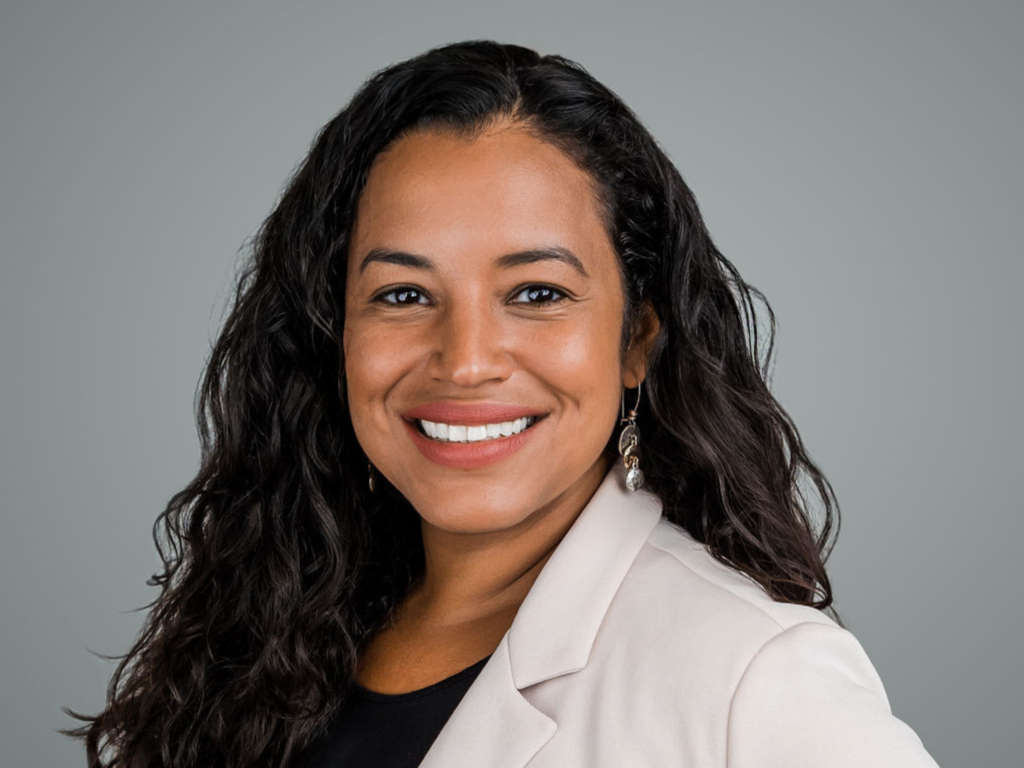By Ted Mitchell, Chief Executive Officer of NewSchools Venture Fund and and Jonathan Schorr, Partner at NewSchools Venture Fund. As seen in the Los Angeles Times, June 10, 2008.
Aisha Ford was a sociology major. But she was forced to take on a second course of study that doesn’t show up on her college transcript. In addition to being a full-time student, she had to become a skilled fundraiser.
Aisha, who graduated last month from Ohio Wesleyan University, did what most academically talented low-income students must do: cobble together grants and loans from a startling variety of sources to get through college.
Students from the richest quarter of American families are more than seven times as likely to graduate from college as are kids from the poorest quarter. Black and Latino students are one-half and one-third as likely, respectively, as their white counterparts to earn bachelor’s degrees. Lack of financial aid contributes mightily to the problem.
We pride ourselves as a nation on the opportunity to climb the economic strata through education, but we’ve been offering less and less to poor kids with college aspirations. A 2006 Education Trust report notes that the maximum federal grant for low-income college students in 1975 covered 84% of a public university education; now, it covers a third.
And even as the cost of college continues to grow faster than financial aid, states and universities increasingly have shifted focus from helping the lowest-income students toward helping the middle class. So perhaps it should be no surprise to see the number of poor kids in college plummeting. In 1995, students whose families made less than $40,000 made up 38% of enrollment in public four-year colleges; by 2003, that number had dropped to 28%.
The federal government took a step in the right direction in May when the president signed a bill aimed at shoring up the student loan industry. The law ensured the continued availability of federal loans, increased the size of loans and lengthened the time families have to repay them. It is a welcome addition to the increase this year in the key federal grant for low-income college students: About 5.3 million students receive Pell grants, which are capped at $4,731 a year.
Aisha’s story offers a clear view of the challenges that low-income students face. The first in her family to attend college, Aisha chose Ohio Wesleyan for the generosity of its scholarship offer, but she quickly learned that she still had a lot of fundraising to do. She took two work-study jobs, won two more scholarships, and her high school kicked in several thousand dollars. Now, as she looks at her college debt, she wonders about her ability to attend graduate school in social work.
And Aisha is better off than some of her peers — her loan is federally backed. Such loans are nearly always the best deal, but for a variety of reasons, low-income families often turn to private loans. With the economy in a tailspin, such families will face even worse interest rates. The problem will hit especially hard at lower-ranked colleges, where default rates are highest and where a disproportionate number of low-income kids go. And indeed, some of the biggest U.S. banks recently stopped lending to students at some community colleges.
Some forward-thinking high schools, such as Chicago’s Noble Network — which our philanthropy supports — have developed remarkable support efforts, from raising “gap aid” to making financial-aid planning a class subject. Yet, in an economy that puts a premium on a college degree, we can’t rely on high schools or kids to be fundraisers. We as a society must do more to make college accessible to low-income kids, not just through loans but through expansion of outright grants — from business groups as well as academia and government.
“If you really want to improve access for low-income kids, you have to reduce the amount people have to borrow and increase grant aid,” says Michael Dannenberg, who directs education policy at the New America Foundation.
Outright grants make a wider range of colleges more affordable. They reduce the debt load that low-income kids carry into adulthood and the financial fear factor that drives many poor families away from college. And they help ensure opportunity for smart kids like Aisha, which is what our national promise is all about.
Ted Mitchell is chief executive of NewSchools Venture Fund and president of the California Board of Education. Jonathan Schorr is a partner at the fund.

